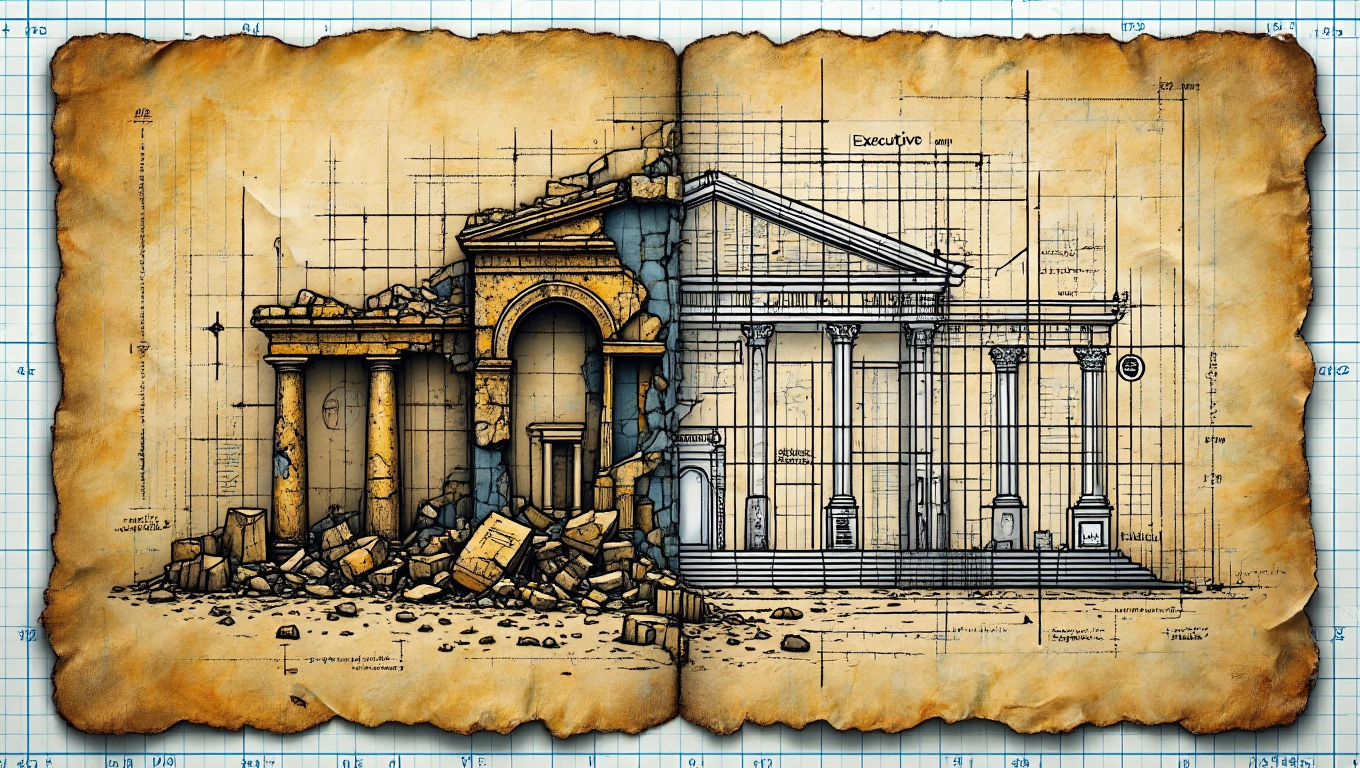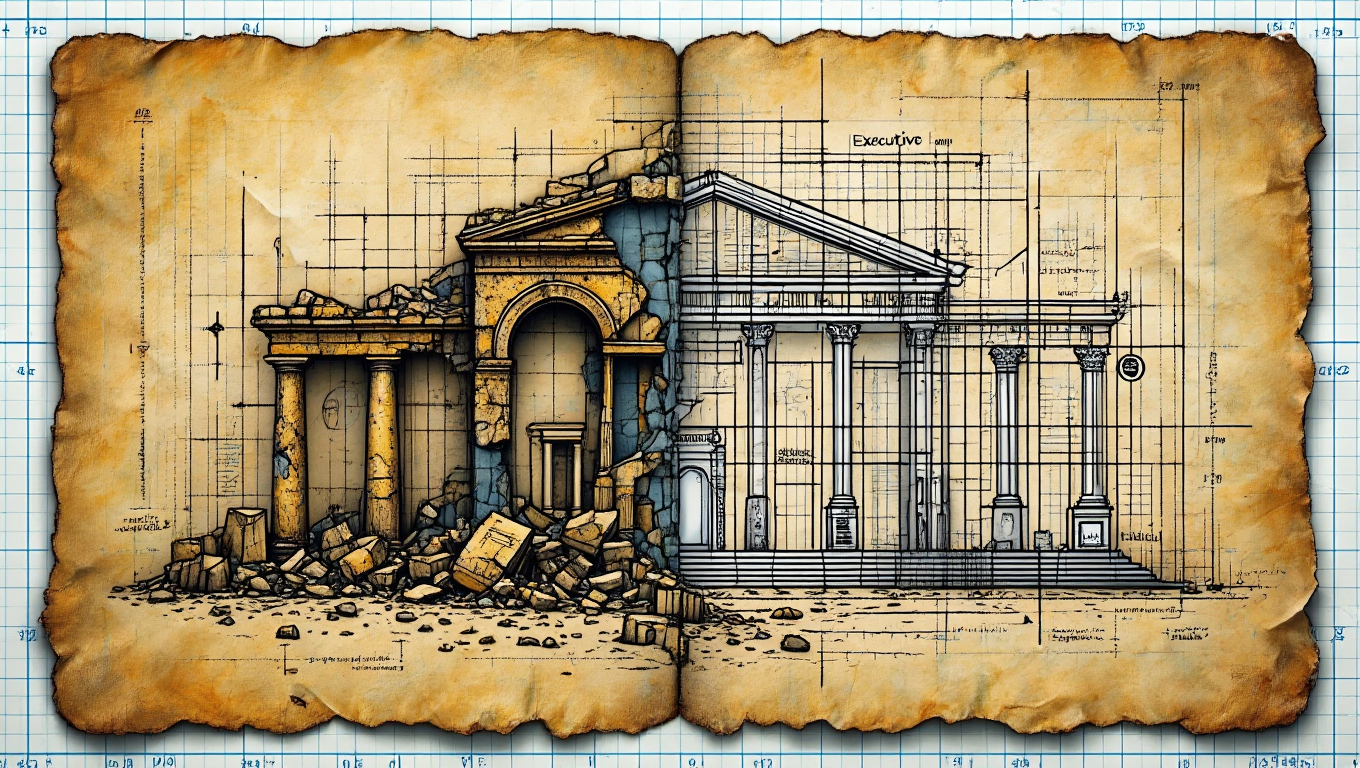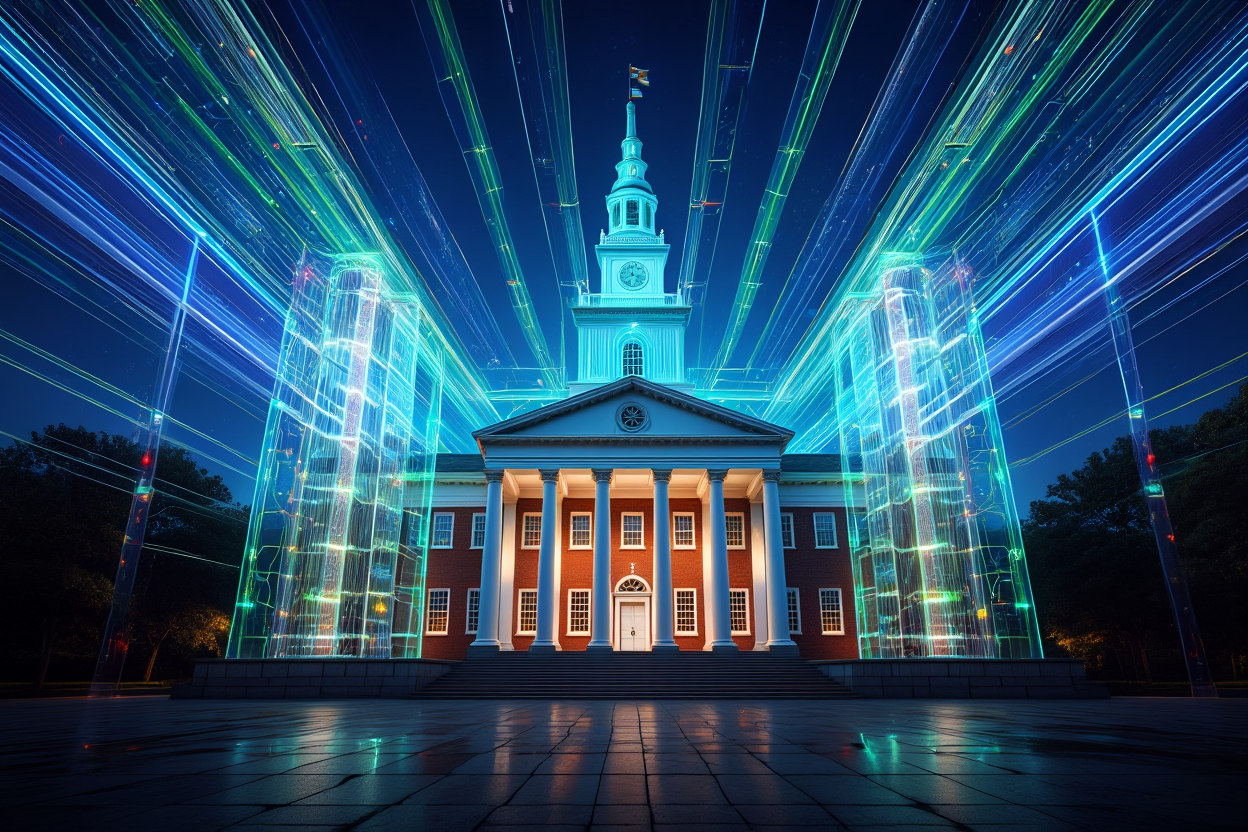After the Nonsense
When polarization and gridlock collapse, what follows? The framers offered structural realism; systems where self-interest serves the common good. Our task is to rebuild government for human nature as it is, binding ambition to accountability and power to structure, not aspiration.

What Government of the People Actually Looks Like
The framers understood something we've forgotten: constitutional design is an act of imagination constrained by realism. They asked not what government should be in an ideal world, but what it could be given human nature, our ambitions, our factions, our tendency toward both tyranny and chaos.
When the current dysfunction finally exhausts itself, when polarization, capture, and gridlock become unsustainable: what comes next? What does government of, by, and for the people actually look like once we're done with this era's failures?

The Constitutional Answer
The constitutional answer isn't a return to some imagined golden age. The framers never believed they'd perfected democracy; they knew they'd created a framework for continuous reformation. Madison's genius was designing a system that could learn, that channeled conflict toward resolution rather than rupture, that made ambition check ambition through structure rather than suppressing it through force.
So what does that future government look like through the lens of constitutional intent?
What "Of the People" Means
Perhaps it's not a government but a constitutional layer beneath many forms of organization, a set of principles and mechanisms that any community can adopt to govern itself with legitimacy. Perhaps it's hybrid: some coordination happening through traditional civic institutions renewed by constitutional reform, and some through decentralized networks operating under shared rules that encode rather than merely declare their values.
Perhaps government of the people means power genuinely distributed, not concentrated in distant capitals or dispersed into impotent atomization, but structured so that authority flows from actual participation and remains answerable to those it governs. Not democracy as theater where we vote for representatives who answer to donors, but as the demanding daily work of self-governance.
What "For the People" Means
Perhaps government for the people means systems designed around human flourishing rather than extraction, where the infrastructure of collective decision-making serves the common good because it's constitutionally bound to do so, not because we hope those in power will be virtuous as self-directed humans; that's not realistic.
We need a system where transparency isn't a promise but a technical reality, enabled by intentional design. We need a system where accountability isn't enforced solely through elections, but through a structure that makes it costly to govern against the governed.
Designing for Human Nature
The framers gave us enumerated powers, separation of powers, checks and balances, and federalism, not as ends in themselves, but as means to a specific end: preventing the concentration of power that inevitably turns government into an instrument of faction rather than a republic. They are designed for human weakness. They assumed self-interest and built a system where pursuing it would, through structural necessity, advance the public good.
What does that look like rebuilt for our age?
The Architecture of Accountability
It looks like systems where every exercise of authority carries a permanent, auditable record. Where power granted is time-limited by default. Where minority rights are protected not by norms but by mechanisms that make it impossible to govern without building genuine consensus. Where exit is always an option—the ultimate check on tyranny. Where deliberation is mandatory before decision, and where opposition is funded and formalized rather than marginalized.
It looks like constitutional principles, ordered liberty, accountability, intentionally distributed power, encoded in infrastructure rather than merely declared in documents. Not because the code is law, but because structure shapes behavior, and if we're going to rebuild the machinery of self-governance, we need to design it to make republic-sustaining behavior a requirement; this is the rule of ordered liberty.
The word liberty has been captured and distorted. Libertarians have reduced it to mere freedom from restraint, stripping it of its civic dimension: the responsibility to live within a moral and constitutional order that makes freedom possible for all.
Ordered liberty is not about doing entirely as one pleases; it is about ensuring that individual freedom endures only when balanced by obligation, restraint, and the public good. Rebuilding self-governance means restoring a meaning that acknowledges the complexity of living in society, recognising that nuance and negotiation are required to sustain a society that balances positive and negative rights.

When This Is Over
The current system—captured, gridlocked, performative—isn't democracy. It's democracy's exhausted form, the institutional equivalent of a body kept alive by machines after the spirit has departed. When it finally ends, the question isn't whether we'll have government. The question is whether we'll have the imagination and discipline to design government that serves its constitutional purpose: to make self-rule possible by making power accountable.
What does government of the people, for the people look like once all this nonsense is over?
It looks like whatever we have the courage to build, and the wisdom to design for human nature as it is, not as we wish it to be.
Dennis Stevens, Ed.D.
Writer and civic designer exploring the intersection of governance, technology, and moral architecture. Thought-leader and steward of agoradao.eth on the Blockchain, publishing also at mirror.xyz/agoradao.eth.



